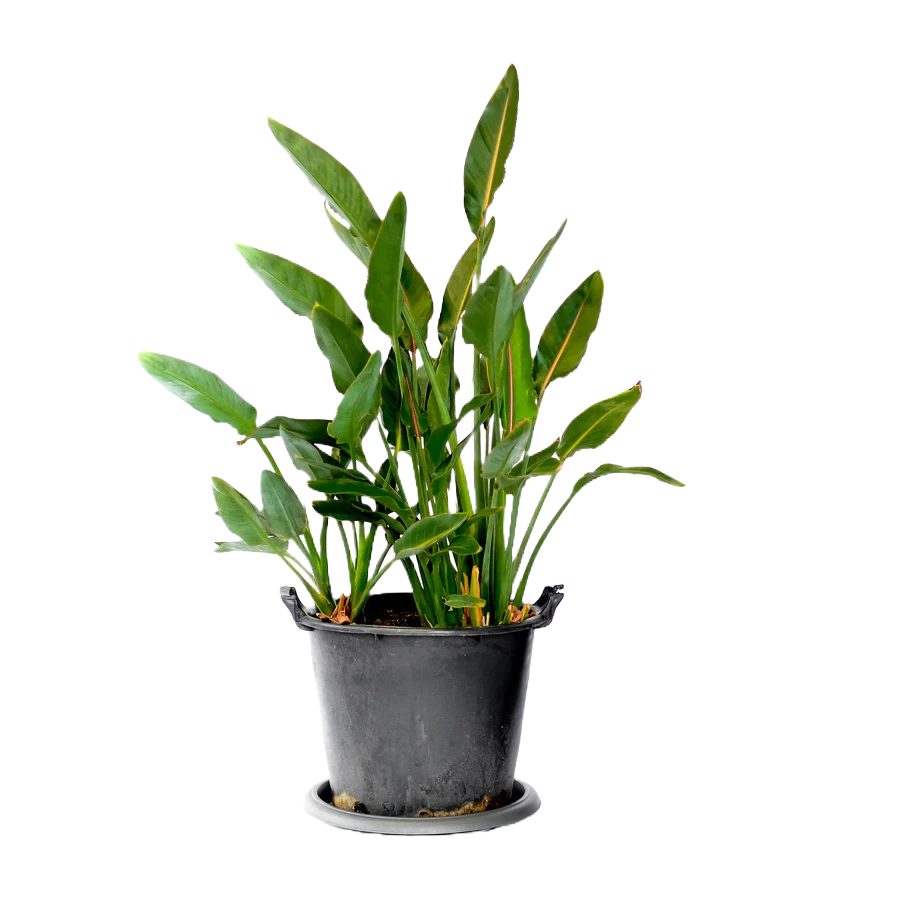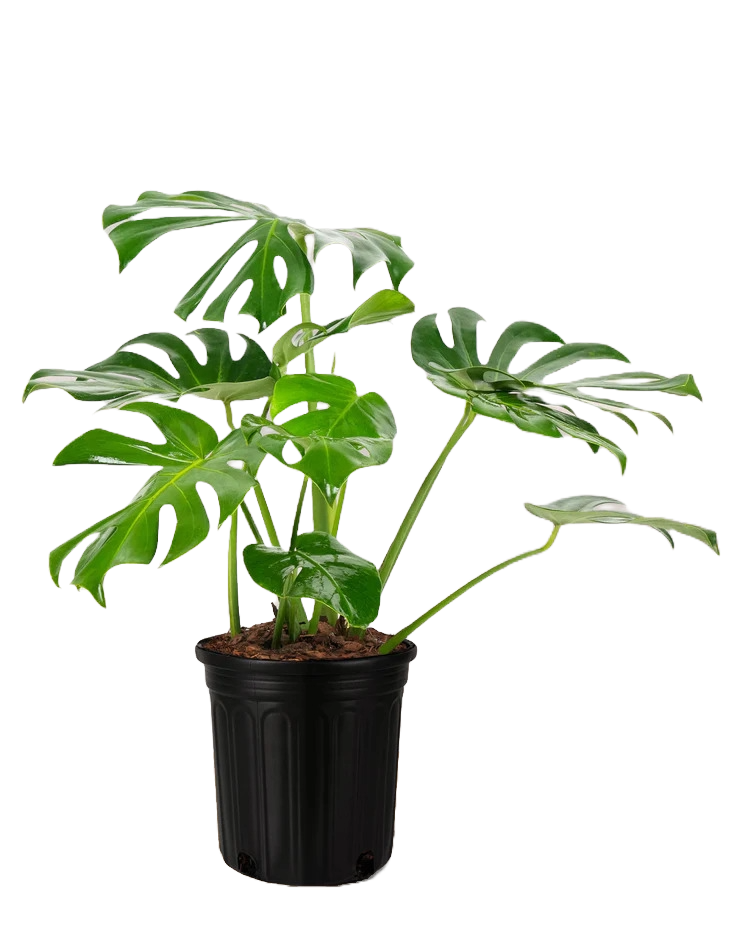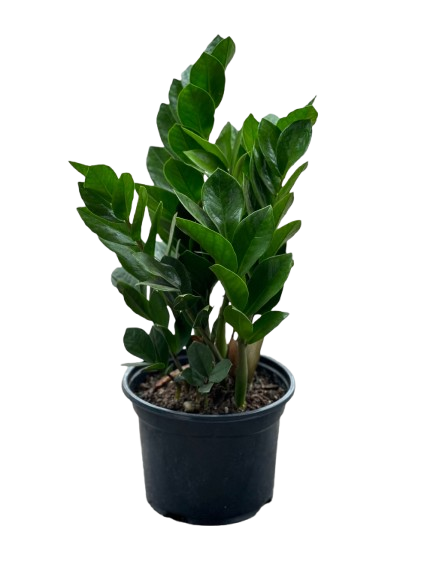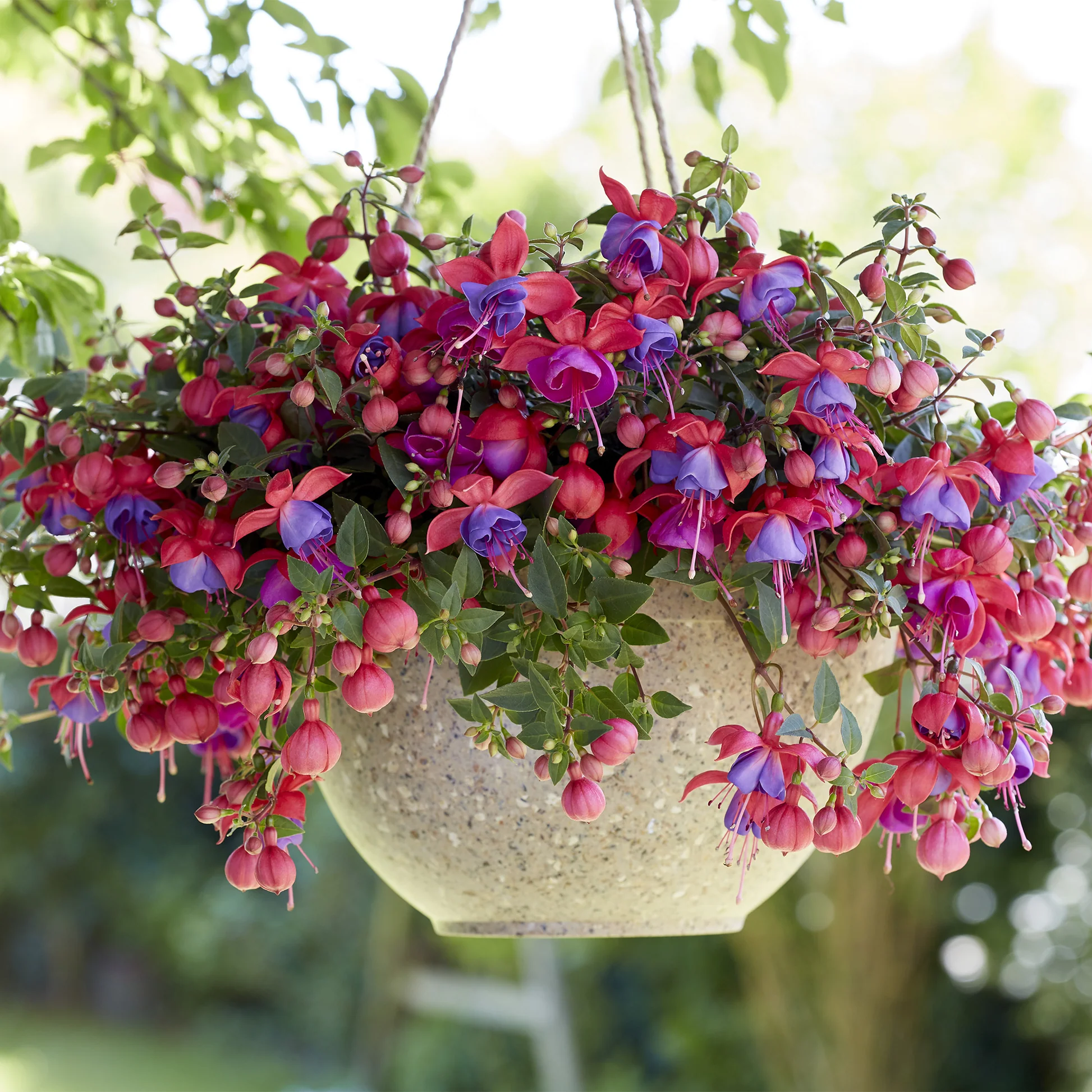The Fuchsia plant is a true gem among ornamental plants, known for its striking, pendulous blossoms that resemble delicate ballerinas in motion. Popular in Kenyan gardens and balconies, Fuchsia brings a burst of color and elegance with its unique combination of pinks, purples, reds, and whites. Its beauty and adaptability make it a favorite for both seasoned gardeners and beginners looking to add a splash of charm to shaded spaces.
Why Grow Fuchsia?
- Produces showy, long-lasting flowers that attract hummingbirds and butterflies.
- Thrives in partial shade, perfect for verandas and shaded gardens in Kenya.
- Ideal for hanging baskets, window boxes, and decorative pots.
- Easy to propagate from cuttings, allowing expansion of your garden affordably.
- Provides lush greenery and vibrant color throughout the year in moderate climates.
Cultural & Historical Significance
Native to Central and South America, the Fuchsia plant was discovered in the late 17th century and quickly gained popularity across Europe as a prized ornamental. In Victorian England, it symbolized elegance and good taste, often featured in conservatories and royal gardens. In some Latin American cultures, Fuchsia is considered a plant of love and abundance due to its heart-shaped blossoms and generous flowering nature. Its name honors Leonhart Fuchs, a 16th-century German botanist who contributed greatly to early plant taxonomy.
Ideal Growing Conditions in Kenya
- Sunlight: Prefers bright, indirect light or partial shade—avoid harsh midday sun.
- Temperature: Best grown in cool to warm climates (15°C–25°C).
- Soil: Well-draining, fertile soil rich in organic matter.
- Watering: Keep soil consistently moist but not soggy; reduce watering during cooler months.
- Regions: Ideal for Nairobi, Limuru, and other moderate to high-altitude regions in Kenya.
How to Plant It
- Choose a pot or garden spot with good drainage.
- Mix loamy soil with compost to enrich nutrients.
- Remove the plant from its nursery bag and gently loosen roots.
- Plant at the same depth it was growing previously and water thoroughly.
- Place in a shaded or semi-shaded area to avoid leaf burn.
Care Tips
- Water regularly to maintain moisture, especially during hot seasons.
- Feed with a balanced liquid fertilizer every two weeks during the growing season.
- Prune spent flowers and leggy growth to encourage new blooms.
- Repot annually or when roots start to outgrow the pot.
Pests & Diseases
- Aphids: Remove with neem oil spray or soapy water.
- Whiteflies: Use yellow sticky traps and insecticidal soap.
- Fungal diseases: Avoid overwatering and improve airflow around plants.
Pet Safety
Fuchsia is considered non-toxic to both cats and dogs, making it a safe choice for households with pets in Kenya.
Growing in Containers
Fuchsia thrives beautifully in pots, hanging baskets, and planters. Use a well-draining potting mix, ensure good drainage holes, and position the container in filtered sunlight. Regular feeding and pruning help maintain its lush, cascading form that’s perfect for balconies or patios.
Where to Buy This Plant in Kenya
You can find healthy, vibrant Fuchsia plants and decorative pots at Plantify.co.ke, Kenya’s trusted source for premium indoor and outdoor plants.
Final Thoughts
The Fuchsia plant is more than a decorative flower—it’s a statement of elegance, color, and grace. With minimal care and endless charm, it transforms any space into a botanical haven. Whether cascading from a hanging basket or brightening a garden corner, Fuchsia remains one of the most delightful plants to grow in Kenya.
Recent Posts
- Asiatic Lily Bulbs in Kenya: Vibrant Color, Easy Growth & Garden Beauty
- Dendrobium Orchids: Elegant Blooms, Easy Care & Indoor Beauty
- Vanda Orchids: Vibrant Colors, Air-Grown Beauty & Elegant Displays
- Vriesea Bromeliads in Kenya: Elegant, Colorful & Easy to Grow
- Manuka : Beauty, Healing & Natural Resilience







